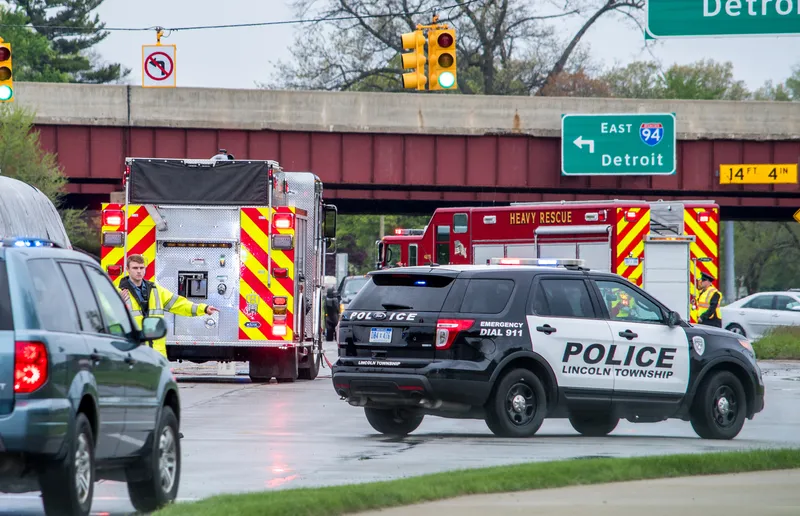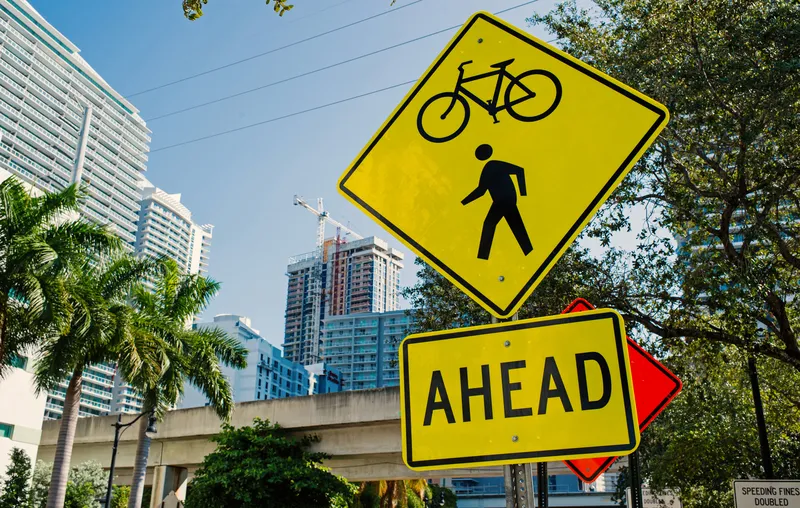
This year, the US will reach a total four million deaths on the road since 1899, according to the Governors Highway Safety Association (GHSA).
Marking this 'grim and tragic milestone', the organisation's CEO Jonathan Adkins calls for a renewed sense of urgency in tackling this "safety crisis" and suggests more enforcement and better road design as key areas in which improvements can be made.
The full statement is below:
"This year, the US will mark a grim and tragic milestone: Four million roadway deaths since 1899. Every single one of these people left behind countless family members, friends, colleagues and neighbors. It’s impossible to fully comprehend the grief and tragedy caused by a single death, let alone four million. Something must change."
"The US Department of Transportation’s National Roadway Safety Strategy provides a roadmap for preventing crashes, injuries and deaths by using a holistic approach of interconnected countermeasures. While roadway fatalities have declined slightly in the past year, this modest progress pales in comparison to the large increases we saw at the start of and during the height of the pandemic. The road to zero traffic deaths is long, but we know how to get there – doubling down on the strategies that improve safety. We need more equitable enforcement focused on dangerous driving behaviours, infrastructure that slows down speeding drivers and protects people outside of vehicles, community outreach and engagement programmes, improved vehicle technology and better post-crash care."
"We also must renew our sense of urgency in addressing this safety crisis. The National Highway Traffic Safety Administration has been without a confirmed leader for much of the past seven years. Since January 2017 – a span of more than 2,500 days – the agency has had a Senate-confirmed Administrator for a total of only 96 days. GHSA continues to call for the swift confirmation of a proven safety leader to help guide the agency during this critical time for roadway safety."
"GHSA continues to prioritise equity in traffic safety and the need to address the risky driving behaviours that kill people on our roads every day. Over the past year, GHSA has:
• Updated the association’s Policies and Priorities to reflect GHSA’s support for lower state Blood Alcohol Content (BAC) limits for impaired drivers, commitment to advancing equity in every aspect of traffic safety and dedication to the Safe System approach. Last year, GHSA formed an Equity and Engagement Committee to address key barriers to greater equity, promote outreach and engagement in underserved communities, and guide efforts to prioritize equity in all association initiatives.
• Raised public awareness of the pedestrian safety crisis and how to make roads safer for people on foot. Drivers struck and killed more than 7,500 people walking in 2022 – the most since 1981 and an average of 20 deaths every day – according to GHSA’s data analysis. GHSA will release a preliminary look at pedestrian fatality data for the first half of 2023 later this month.
• Offered competitive grants to State Highway Safety Offices to support access to safe, equitable mobility and youth active transportation safety projects in underserved areas, prevent alcohol and drug-impaired driving during the holidays (when DUI rates rise) and throughout the year, and combat the widespread but preventable problem of distracted driving.
• Highlighted the benefits of traffic safety cameras that detect speeding, red-light running and school bus stop-arm violations, and made recommendations to states and traffic safety partners considering implementing this proven technology.
• Published a data analysis that showed significant reductions in young driver fatalities over the past two decades, identified the policies and programs responsible for these safety gains, and made recommendations for building upon that success.
• Issued a research study that found state laws dictating when ignition interlock devices may be removed from drunk driving offenders’ vehicles can help reduce repeat offenses. Drunk driving deaths rose a staggering 18% in just two years, from 10,196 in 2019 to 13,384 in 2021."








